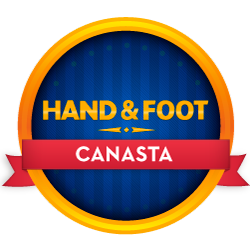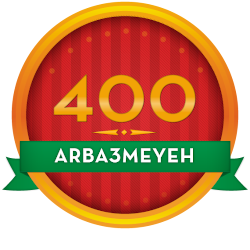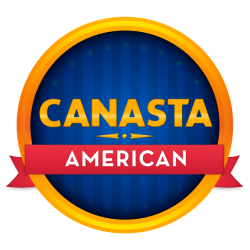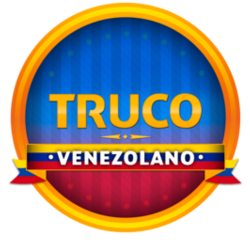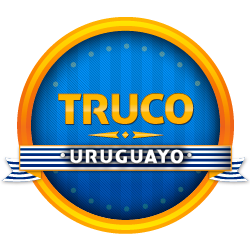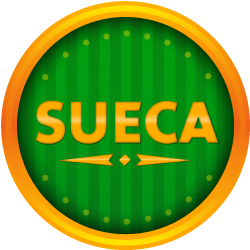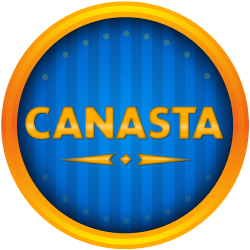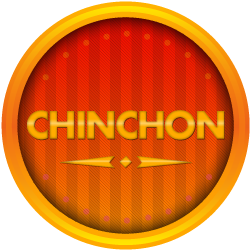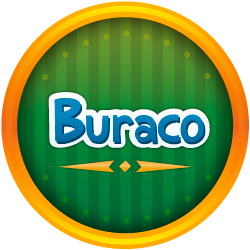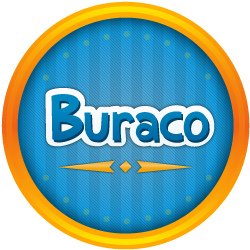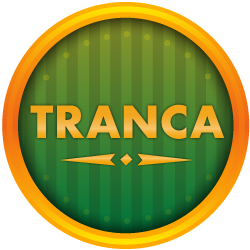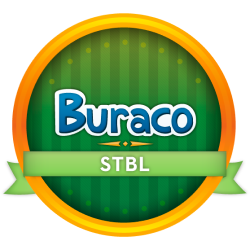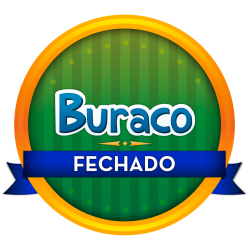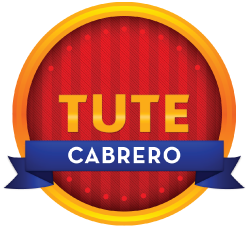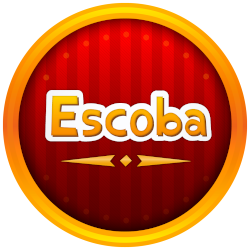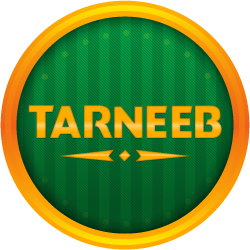Featured Games
Classic titles with modern multiplayer, rankings, and tournaments.
Ranking Winners
Last Winners for games Weekly and Daily Rankings
About ConectaGames
We build digital versions of beloved traditional games for a global community, crafted by a tight-knit team of under 10, connecting people across cultures through timeless gameplay.
Play your way: private tables with friends, public matches, or solo with bots.
Daily and weekly rankings, tournaments, special achievements, and exclusive rewards for top players.
Enjoy live chat and fun gift-sending, or play with chat off.
Easy to play on mobile and web, with portrait mode on mobile.
“Games bring people together. We’re proud to craft respectful digital versions of classics like Hand and Foot and Sueca that your family already loves.”

Team Conecta
Makers of classic fun



